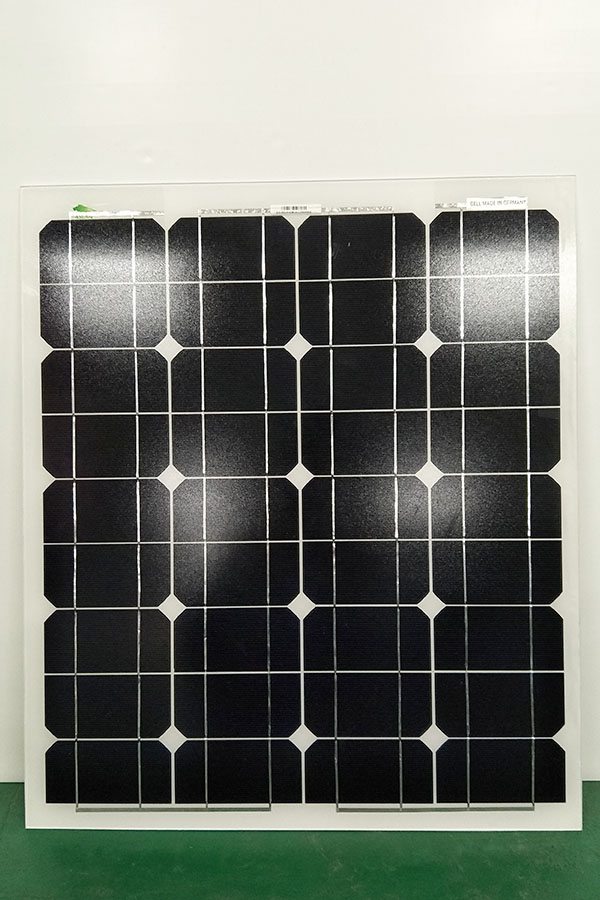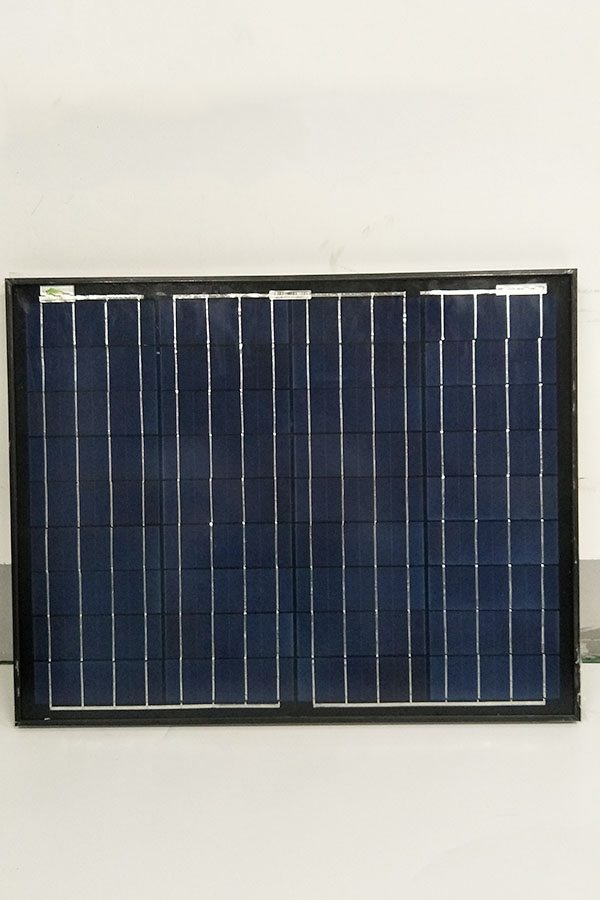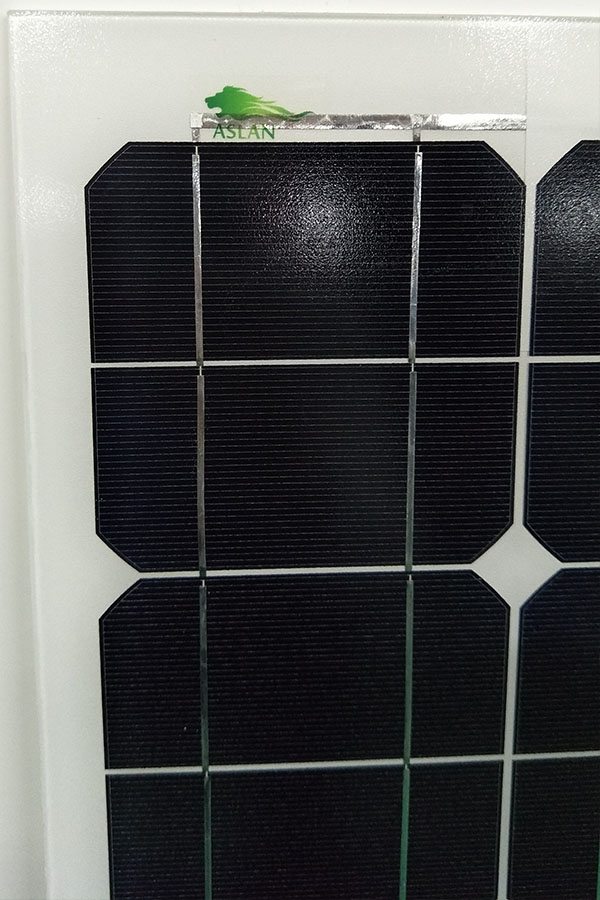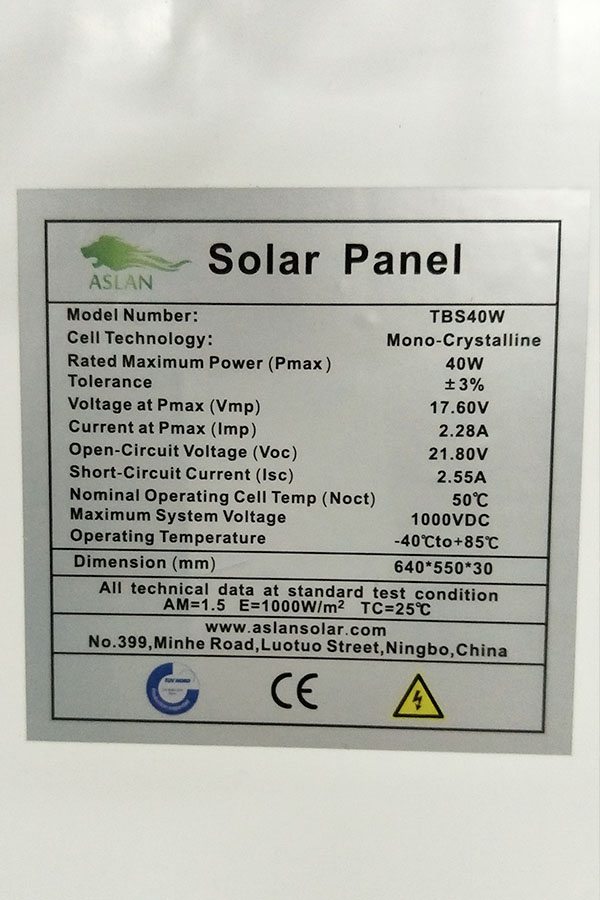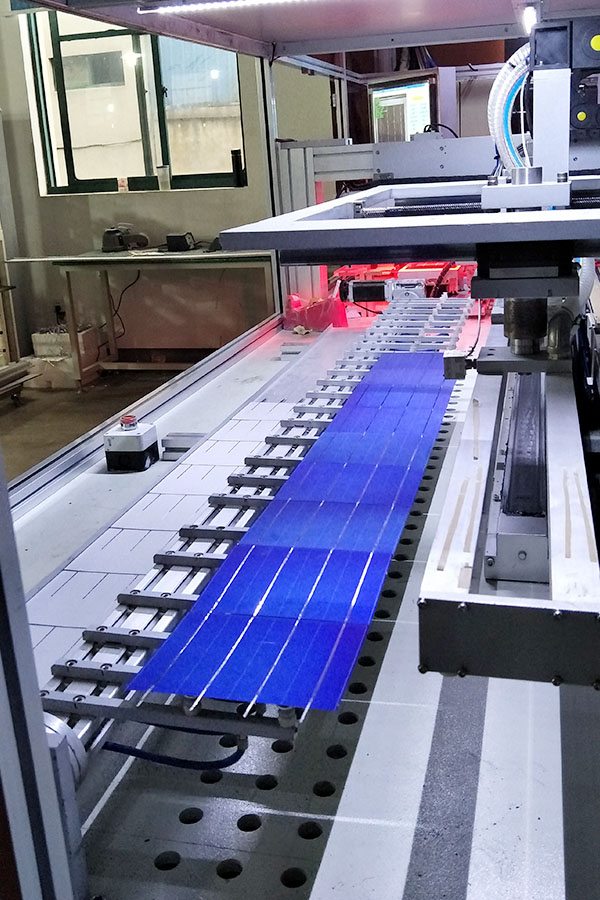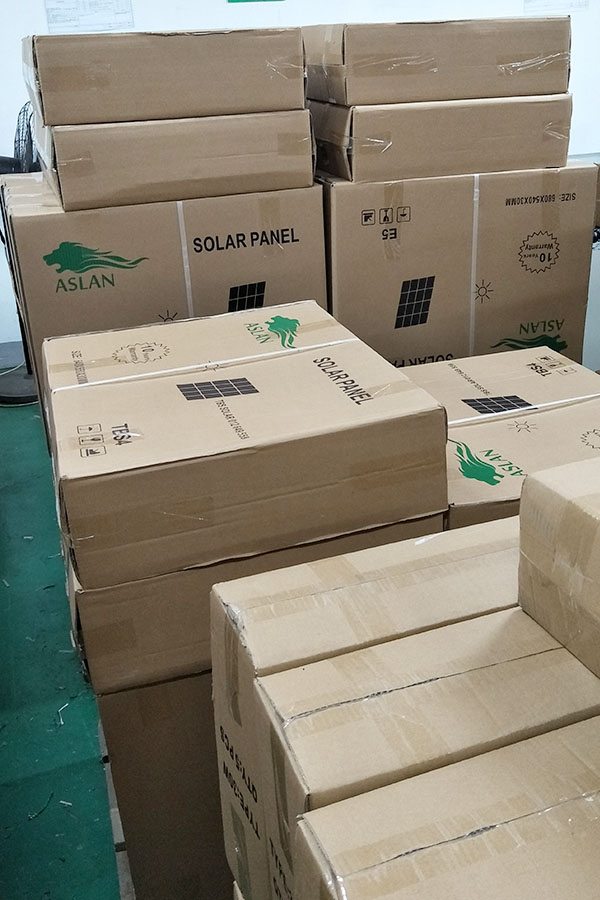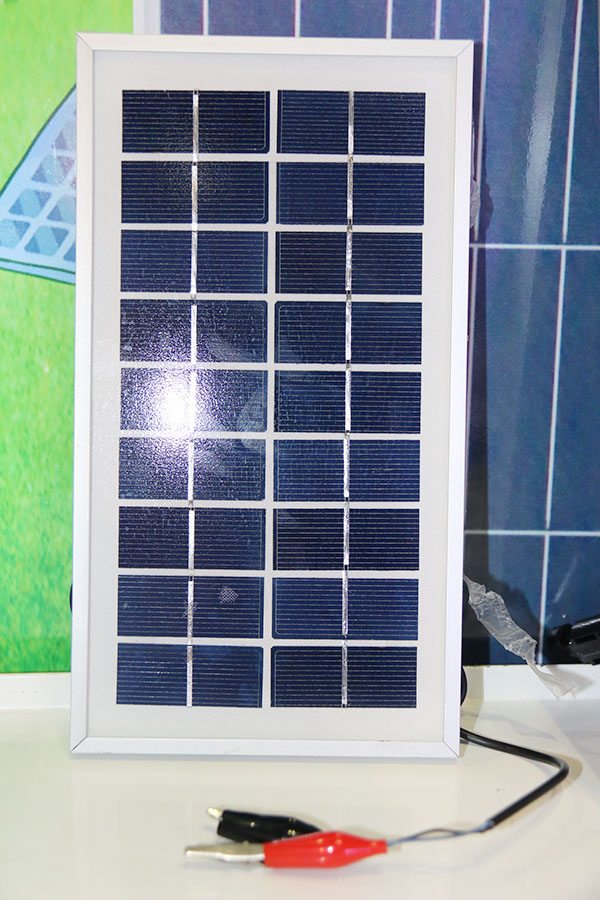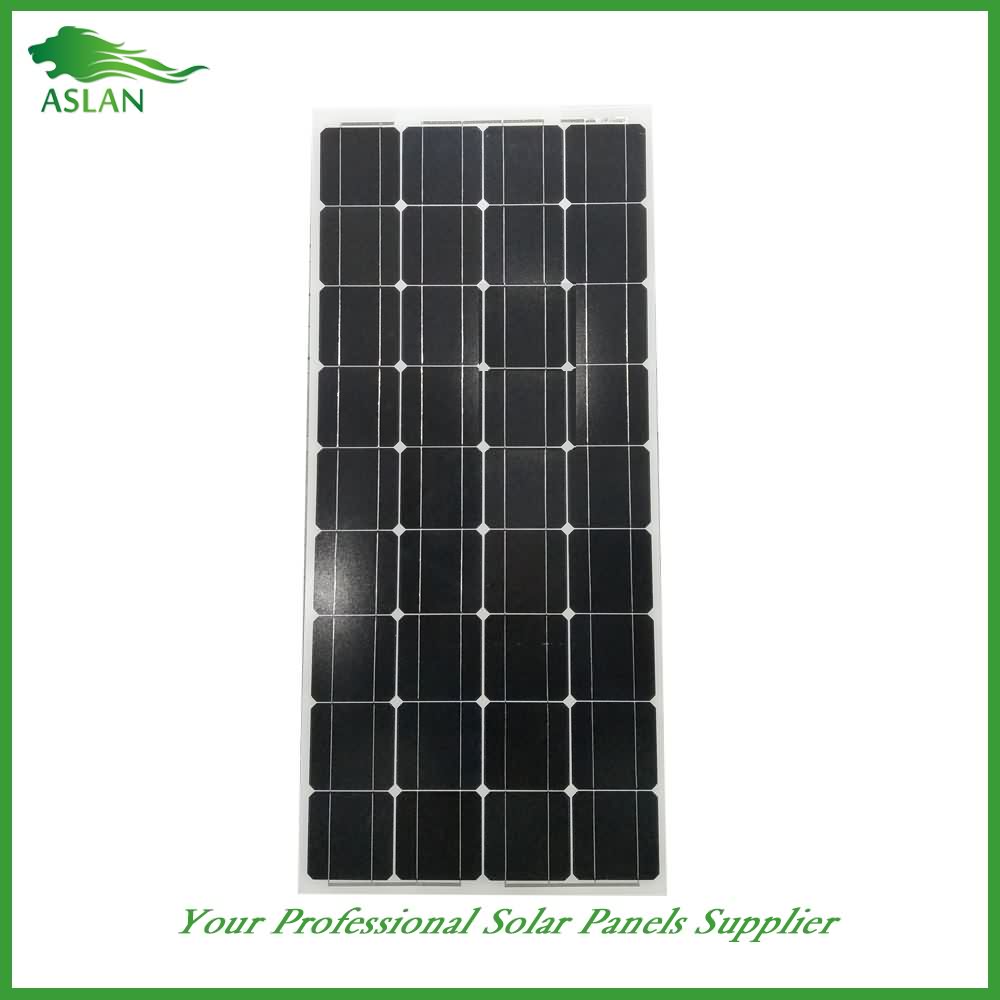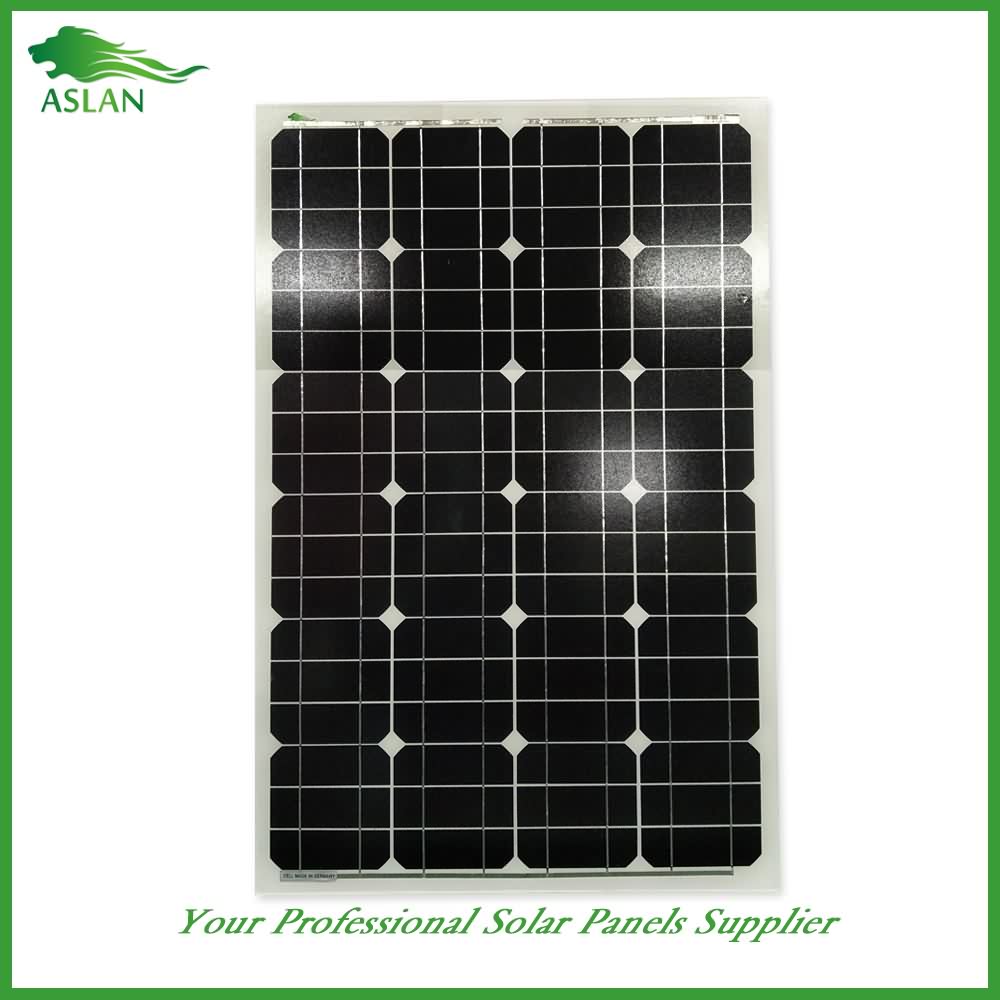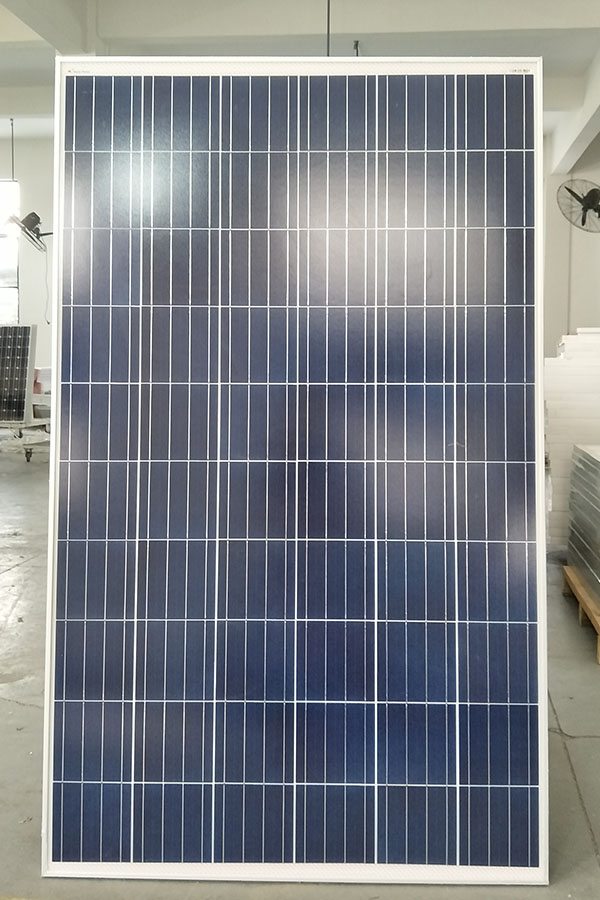OEM/ODM Supplier for Mono-Crystalline 40W Solar Panel in Estonia
Short Description:
Every member from our high efficiency sales team values customers' needs and business communication for OEM/ODM Supplier for Mono-Crystalline 40W Solar Panel in Estonia, We also ensure that your selection will be crafted with the highest quality and reliability. Please feel free to contact us for further information.
Mono-Crystalline 40W Solar Panel
Technical parameter
Maximum Power(W) 40W
Optimum Power Voltage(Vmp) 18.21V
Optimum Operating Current(Imp) 2.20A
Open Circuit Voltage(Voc) 21.83V
Short Circuit Current(Isc) 2.40A
Mechanical Characteristics
Cell Type Mono-crystalline 125×62.5mm
No of Cell 36 (4x9pcs)
Dimensions 636x554x25mm
Weight 4.2Kg
Front Glass 3.5mm,High Transmission, Low Iron,Tempered Glass
Junction box IP65 Rated
Output Cable TUV 1×4.0mm2/UL12AWG,Length:900mm
Temperature and Coefficients
Operating Temperature(°C): -40°C ~ + 85°C
Maximum System Voltage: 600V(UL)/1000V(IEC) DC
Maximum Rated Current Series: 15A
Temperature Coefficients of Pmax: -0.47%
Temperature Coefficients of Voc: -0.389%
Temperature Coefficients of Isc: 0.057%
Nominal Operationg Cell Temperature (NOCT): 47+/-2°C
Materials of solar panel
1).Solar Cell——Mono-crystalline solar cell 125*62.5mm
2).Front Glass——-3.2mm, high transmission, low iron, tempered glass
3).EVA——-excellent anti-aging EVA
4).TPT——-TPT hot seal made of flame resistance
5).Frame——anodized aluminum profile
6).Junction Box——-IP65 rated, high quality, with diode protection
Superiority: high quality anodized aluminum frame, high efficiency long life, easy installation, strong wind resistance, strong hail resistance.
Features
1. High cell efficiency with quality silicon materials for long term output stability
2. Strictly quality control ensure the stability and reliability, totally 23 QC procedures
3. High transmittance low iron tempered glass with enhanced stiffness and impact resistance
4. Both Poly-crystalline and Mono-crystalline
5. Excellent performance in harsh weather
6. Outstanding electrical performance under high temperature and low irradiance
Quality assurance testing
Thermal cycling test
Thermal shock test
Thermal/Freezing and high humidity cycling test
Electrical isolation test
Hail impact test
Mechanical, wind and twist loading test
Salt mist test
Light and water-exposure test
Moist carbon dioxide/sulphur dioxide
Now you can both see and hear the pulse width modulation in a PWM solar charge controller.
Abstract(s):
Recent commercialization of flexible, variable-color organic light-emitting diodes based on carbon-based polymers and small molecules has demonstrated the technological impact, current and potential, of these materials. Tremendous progress has also been achieved using their applications as active layers of solar cells, field-effect transistors, photodetectors and optical modulators. Much of the fundamental science of these materials, however, remains still uncharted, in particular because carbon-based semiconductors are different from conventional semiconductors. The origin of this difference lies in the strong repulsive Coulomb interaction between the pi-electrons of carbon-based semiconductors and nanostructures. In this talk I will focus on experimental consequences of strong Coulomb interactions. Examples will be given based on recent experimental results involving single-walled carbon nanotubes, graphene nanofragments and multiple exciton generation in organic molecules. Consequences for device physics will be briefly discussed.
Speaker Bio(s):
Sumit Mazumdar received his Ph.D. in chemistry in 1980 from Princeton University. He is a professor of physics, chemistry and optical sciences at the University of Arizona. He is a fellow of the American Physical Society and the 2006 recipient of the UA’s Henry and Phyllis Koffler Prize for Research, Scholarship and Creative Activity. His research interests include theory of strongly correlated electrons, broken symmetry and superconductivity in narrow-band systems, photophysics of carbon-based semiconductors, and organic optoelectronic devices.
